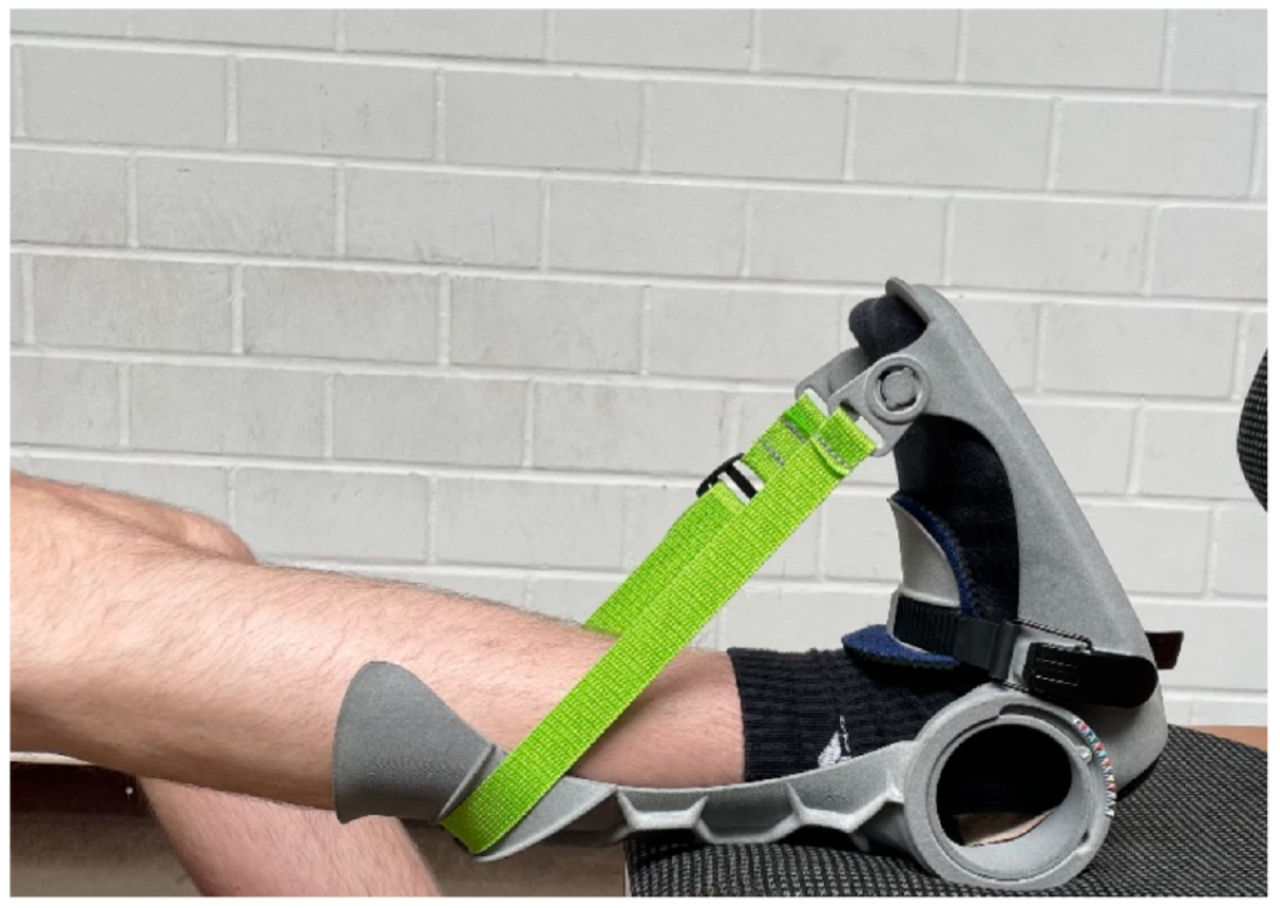By Bernie Clark
August 15, 2023

We all know that strength training, whether by lifting weights at a gym or doing resistance training at home, like push ups, can build muscle mass and increase strength. You want to get stronger? Pump it up! Lift weights. The older you are, the more you are advised to do adopt a consistent resistance training program. But, it turns out that long-lasting static stretching can also increase strength and muscle size! Long-lasting static stretching sounds a lot like yoga. Can simply stretching make you stronger? Well, maybe, but there are some caveats.
A stress is a stress is a stress…
When we work out with weights, our muscles experience a tensile stress which flows from the bones bearing the weight through the tendons into the belly of the muscles. If this tension is high enough, or in other words if the weight we are trying to lift is large enough, microscopic damage can occur within the muscle cells. The body must then repair this damage, and to make sure the muscle is better able to handle future loads, the muscle cells are rebuilt stronger. Along the way, the repair stimulating chemicals released by the body are not restricted only to the muscles: these messenger molecules, like testosterone and human growth hormones, flow through the blood system and help all tissues grow stronger.1 Our bones and organs all benefit from the workout.

We also apply a tensile stress to the muscles when we stretch them. While it may seem strange to think of a stretch in a yoga class to be the same as the tensile load on a muscle while weight lifting, from the muscle’s perspective, a stress is a stress. The muscle does not particularly care whether the tension it is experiencing is coming from a weight being lifted or a yoga posture being held. If the tension is of sufficient intensity and duration, the muscle will grow regardless of what is causing the tension.
An Austrian researcher, Konstantin Warneke, has led several studies into how static stretching of muscles can cause nearly identical growth in strength and range of motion as occurs during weight training.2 In his latest study, released in April of 2023, he sets out to prove that “mechanical tension plays a crucial role in improving maximal voluntary contraction [i.e. strength] and muscle thickness irrespective whether long-lasting stretching or hypertrophy training [i.e. weightlifting] is used…”3 There is a catch, however: to achieve similar results, the stretch has to be applied for a long time compared to the length of time that a weight is held.
Normally we think of stretching as a tool to increase range of motion, and it certainly does that. But, many animal studies have shown that stretching when applied for hours every day can also stimulate strengthening as well as lengthening of the muscles. Experiments in the past involved fixing one of a bird’s two wings in a stretched position and comparing the strength of both wings after the test period is over. A wing that was subjected to hours of stretching every day was always considerably stronger than the wing that was not stretched.
Long-held static stretching increases muscle strength and length
Warneke’s experiments involved humans, not birds. He put an orthotic brace on one foot (see figure 3) which forced the ankle to be dorsiflexed for one hour a day. This applied a tensile stretch to the plantar flexors (the calf muscles). Applying this stress every day for six weeks caused a 15% increase in muscle size (as indicated by an increase in the muscle’s cross-section) while improving range of motion by up to 27%.4 (He assumed that the increased range of motion was due to the muscles getting longer and stronger through sarcomerogenesis, which is the addition of sacromeres, which are the contractile elements in our muscle cells, in series to the existing ones.5) In this experiment he also had a group of participants do normal resistance-based strength training for the same muscles. The results for both the stretching group and the resistance training group were very similar: both groups achieved strength gains and muscle growths. He noted, “there was no significant difference in adaptations between the stretching and hypertrophy training group regarding increases in maximal strength, muscle thickness and flexibility.”6

Time is a key factor. While some studies show strength gains from short stretching sessions,7 other studies of stretches held for only a minute or two did not notice any increase in strength of the muscles.8 Several studies found that stretches applied for 30 minutes or more do result in strengthening and lengthening of the muscles.9 In Warneke’s experiments he applied the static stretch for one hour every day. The resistance training group only had to work out for 15 minutes three times a week, which is a much lower commitment of time. What is not clear is whether the time under load must occur continuously, as in Warneke’s experiments, or can be broken up into combined units of time. In yoga, especially in the yin yoga style, students apply a tensile stress to the same tissues several times over a one-hour class, and the cumulative amount of stress experienced by an area could add up to 20 to 30 minutes.10 Whether this cumulative time would be sufficient to increase strength is unknown, but, given Warneke’s work, it is reasonable to hypothesize that yin yoga practice would increase both muscular length and strength.
None of the above suggest that we should abandon weight training in favour of only doing yoga stretches. Weight training builds muscle strength faster than static stretching does. And, there are other benefits from resistance training that do not accrue from static long-held stretches: for example, cardiovascular benefits. Yin yoga will not get the heart pumping. But it is fascinating to consider that long held stretches loved by so many yogis may not only help to keep muscles long, they may actually assist in making muscles strong.
_______________________________
Footnotes:
[1]“Resistance training can have an acute impact on the postexercise secretion of several … hormones including insulin-like growth factor, testosterone, and growth hormone (GH).” Schoenfeld BJ. Postexercise hypertrophic adaptations: a reexamination of the hormone hypothesis and its applicability to resistance training program design. J Strength Cond Res. 2013 Jun;27(6):1720-30. doi: 10.1519/JSC.0b013e31828ddd53. PMID: 23442269.
[2] https://www.researchgate.net/profile/Konstantin-Warneke
[3] Warneke K, Wirth K, Keiner M, Lohmann LH, Hillebrecht M, Brinkmann A, Wohlann T, Schiemann S. Comparison of the effects of long-lasting static stretching and hypertrophy training on maximal strength, muscle thickness and flexibility in the plantar flexors. Eur J Appl Physiol. 2023 Apr 8. doi: 10.1007/s00421-023-05184-6. Epub ahead of print. PMID: 37029826.
[4] Warneke K, Brinkmann A, Hillebrecht M, Schiemann S. Influence of Long-Lasting Static Stretching on Maximal Strength, Muscle Thickness and Flexibility. Front Physiol. 2022 May 25;13:878955. doi: 10.3389/fphys.2022.878955. PMID: 35694390; PMCID: PMC9174468.
[5] In other words, the muscles got longer. From the 2022 study’s abstract: “…stretching-induced muscle damage comparable to effects of mechanical load of strength training, that led to hypertrophy and thus to an increase in maximal strength. Increases in ROM could be attributed to longitudinal hypertrophy effects, e.g., increase in serial sarcomeres.”
[6] Warneke et. al. 2022.
[7] Kokkonen, et. al. (2007) found that stretching the lower body for 40 minutes, three times a week for 10 weeks caused significant increases in strength related performances, such as sprinting and standing jumps, as well as improved flexibility. Kokkonen J, Nelson AG, Eldredge C, Winchester JB. Chronic static stretching improves exercise performance. Med Sci Sports Exerc. 2007 Oct;39(10):1825-31. doi: 10.1249/mss.0b013e3181238a2b. PMID: 17909411.
[8] Nunes JP, Schoenfeld BJ, Nakamura M, Ribeiro AS, Cunha PM, Cyrino ES (2020) Does stretch training induce muscle hypertrophy in humans? A review of the literature. Clin Physiol Funct Imaging 40:148–156.
[9] Mizuno T (2019) Combined effects of static stretching and electrical stimulation on joint range of motion and muscle strength. J Strength Cond Res 33(10):2694–2703. And Yahata K, Konrad A, Sato S, Kiyono R, Yoshida R, Fukaya T, Nunes JP, Nakamura M (2021) Effects of a high-volume static stretching programme on plantar-flexor muscle strength and architecture. Eur J Appl Physiol 121(4):1159–1166.
[10] For example, in a yin yoga class, a student could begin with Butterfly pose followed Half Butterflies, Straddle, Caterpillar and Shoelace. This could add up to 30 minutes of flexion for the hips and the spine.
